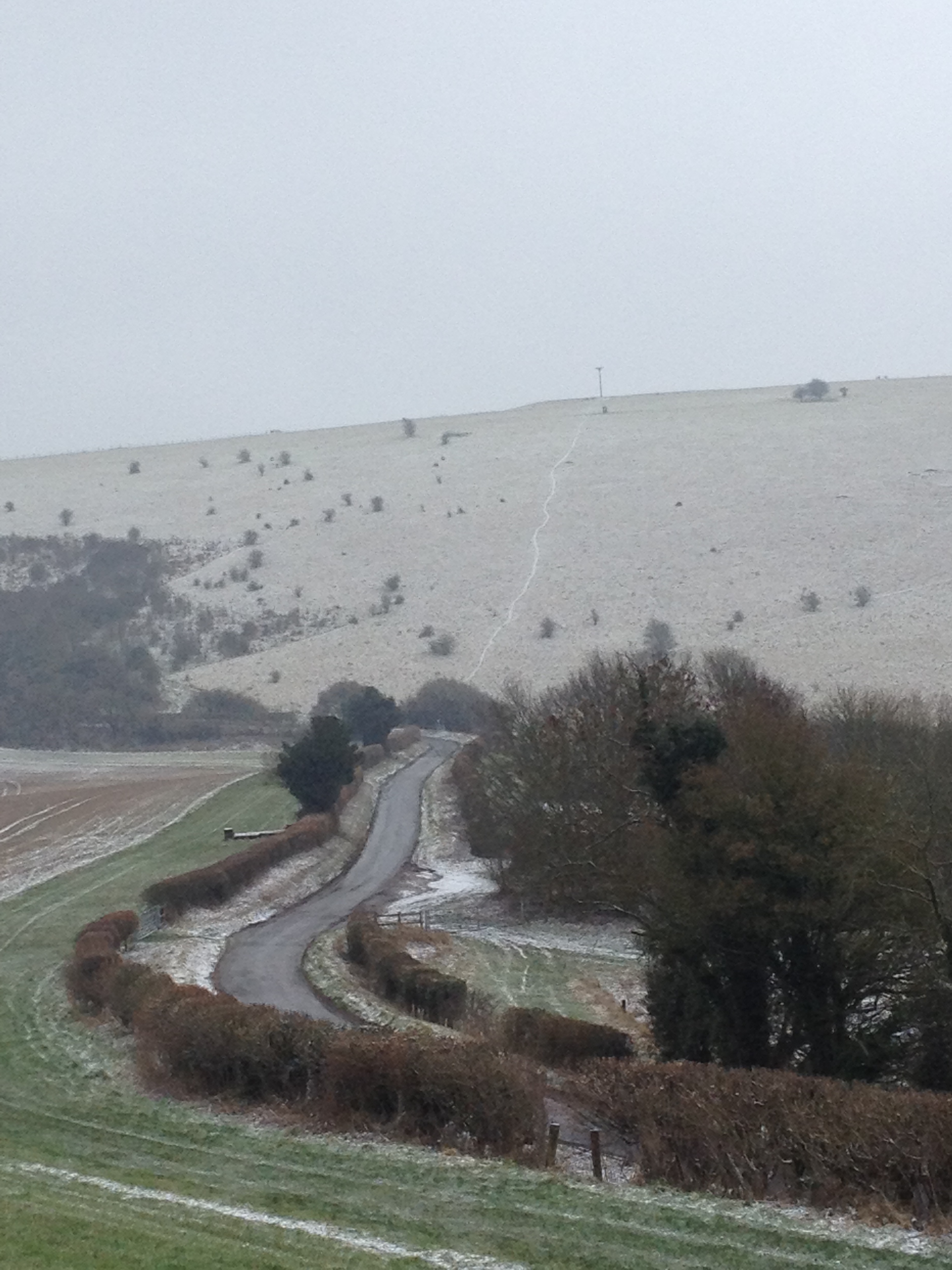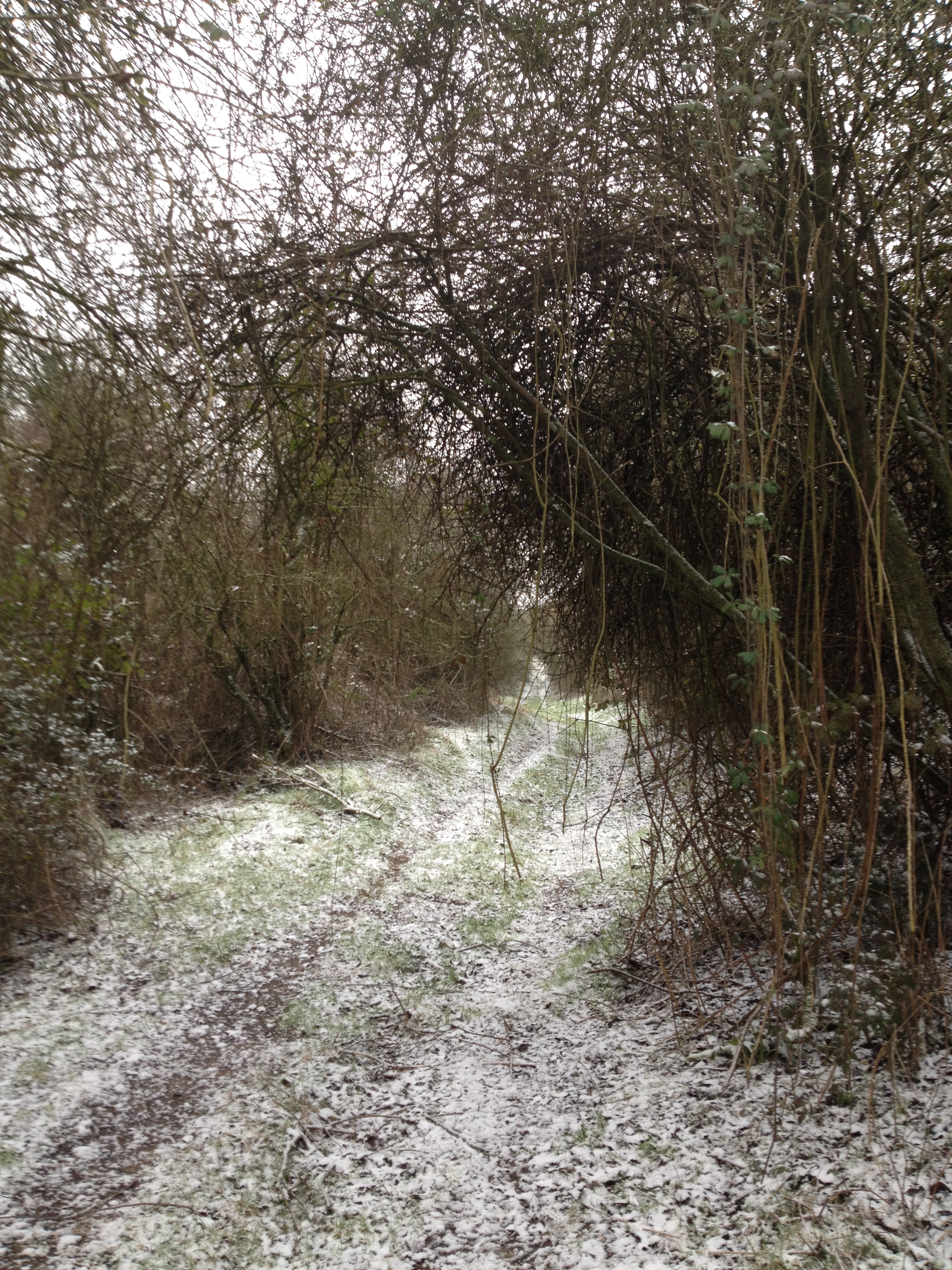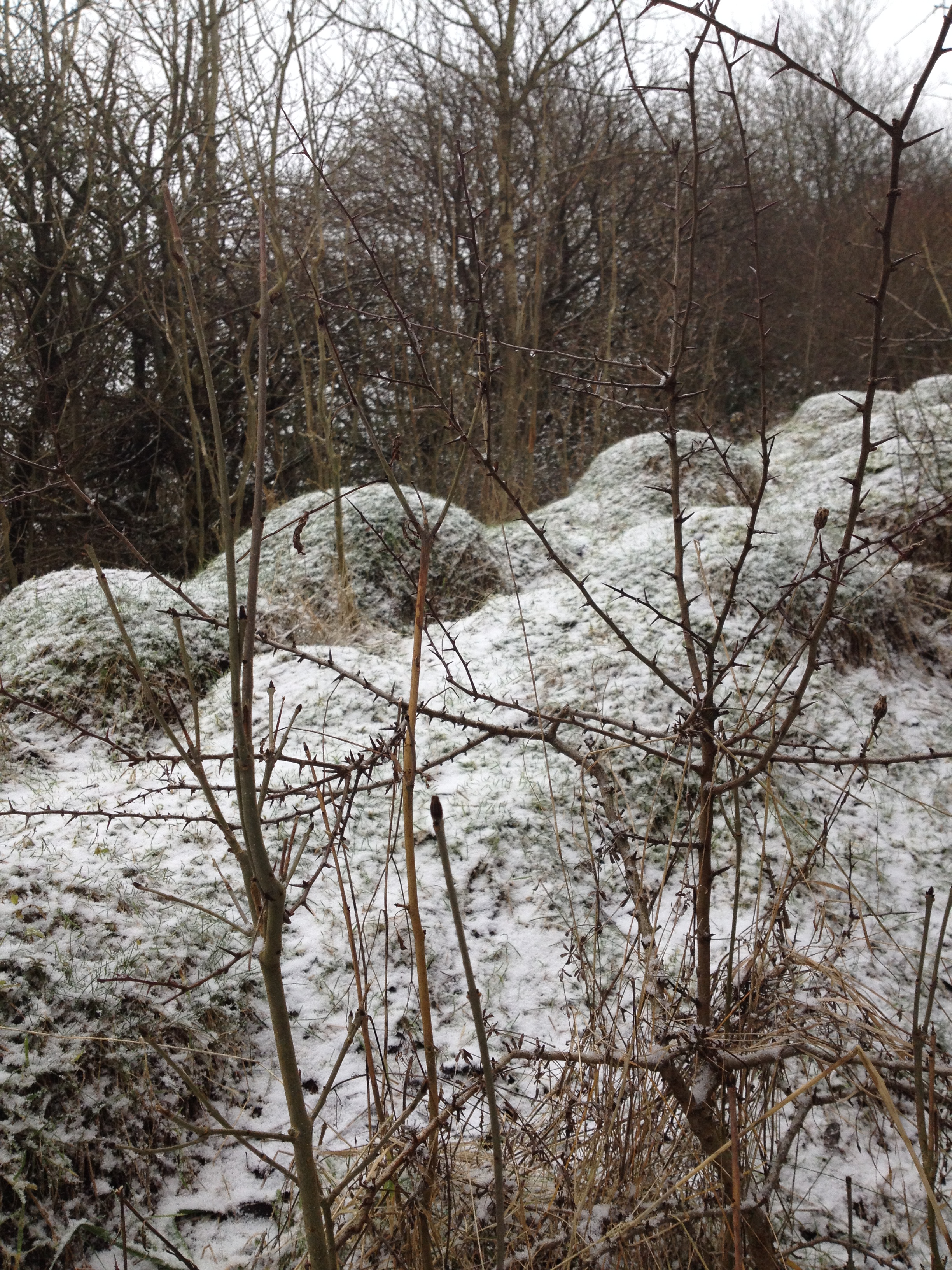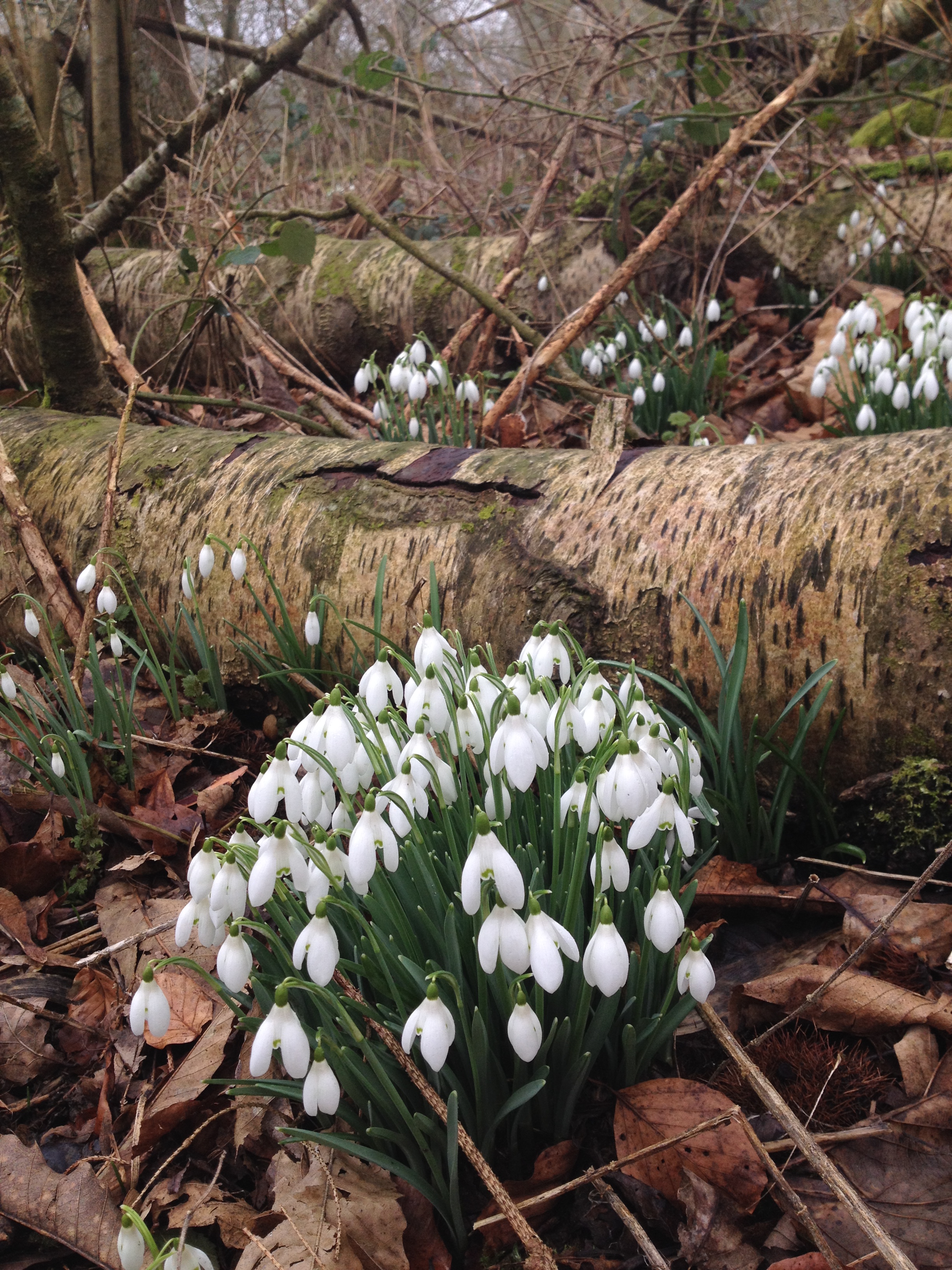Winter’s Spring.

The weather swings between seasons. Water fills ditches and rivers travel backwards; the River Lambourn’s source backs up to higher East Garston, where it is winterbourne. Another dusting of snow makes the hill blanch pale. At the snowline, a snipe goes up with a cry like tearing fabric.
The wind bites, so I take the sheltered route up Old Gallows Lane, the grass showing through snow on the old cart track, with its castellated banks of snowy anthills. Curtains of bramble catch at my shoulders and hair. I am not the only one seeking shelter: blackbirds, bullfinch and bramblings flit through the thorns, a small muntjac trots through a square of sheep fence and a hare bolts from my feet.


In the open, the north wind takes my breath from me. It flings grains of snow like sand, stinging my face, hands and wrists. The hard snow rattles against bunches of ash keys and the last, curled leaves on the whitebeams; the wind blows like an oboe through the gate.
A faint tinkling draws me to a stand of hogweed stems, the weathered seedheads, tattered frames of inside-out umbrellas. In this micro climate, there has been a mini ice-storm. No frost, but all is cased in clear glass, from the low cloud freezing. Each square of the sheep fence has become a hollow ice-cube; has an angled, 3-dimensional glass shadow, blown out into the air above the hill. The barley twist wire and its barbs have been immured and smoothed, sheathed by several millimetres of ice-glass, so that the fence looks preserved in a clear amber glaze.
The hogweed stems and seedheads are encased, too. Tiny, horizontal icicles, 2-3cm long, have formed in the wind and point the way it went, accusingly: petrified, glacial fingerposts. In gusts, the ice-needles fall, tinkling against the glassed, slender, doric columns of the stems.
On the way down, snow cloaks the nape and shoulders of the stunted oaks – but they are built to take it. Nuthatches trip up and down the boughs, in measured steps.
All is soon green again, save for snowdrifts of honey-scented snowdrops.

The temperature rises, doubles. Spring seems to arrive. The warm sun gladdens us all. A Queen wasp emerges from hibernation in my hut and flies out the open door and the first bats flit down the lane at dusk. It is gone Valentine’s and the birds are building. There are the roofed baskets of magpie nests, stuck like footballs in trees and sparrows peel ribbons of honeysuckle to line their eaves nests. At evening, the little owl returns and begins calling for her mate. Fieldfare flock in their hundreds in the bare trees, babbling like a rushing stream – and when they fly away like shed leaves, the tree silhouettes have changed: the twig tips thickening and clotting into bud.

Leave a Reply to nicolawritingCancel reply